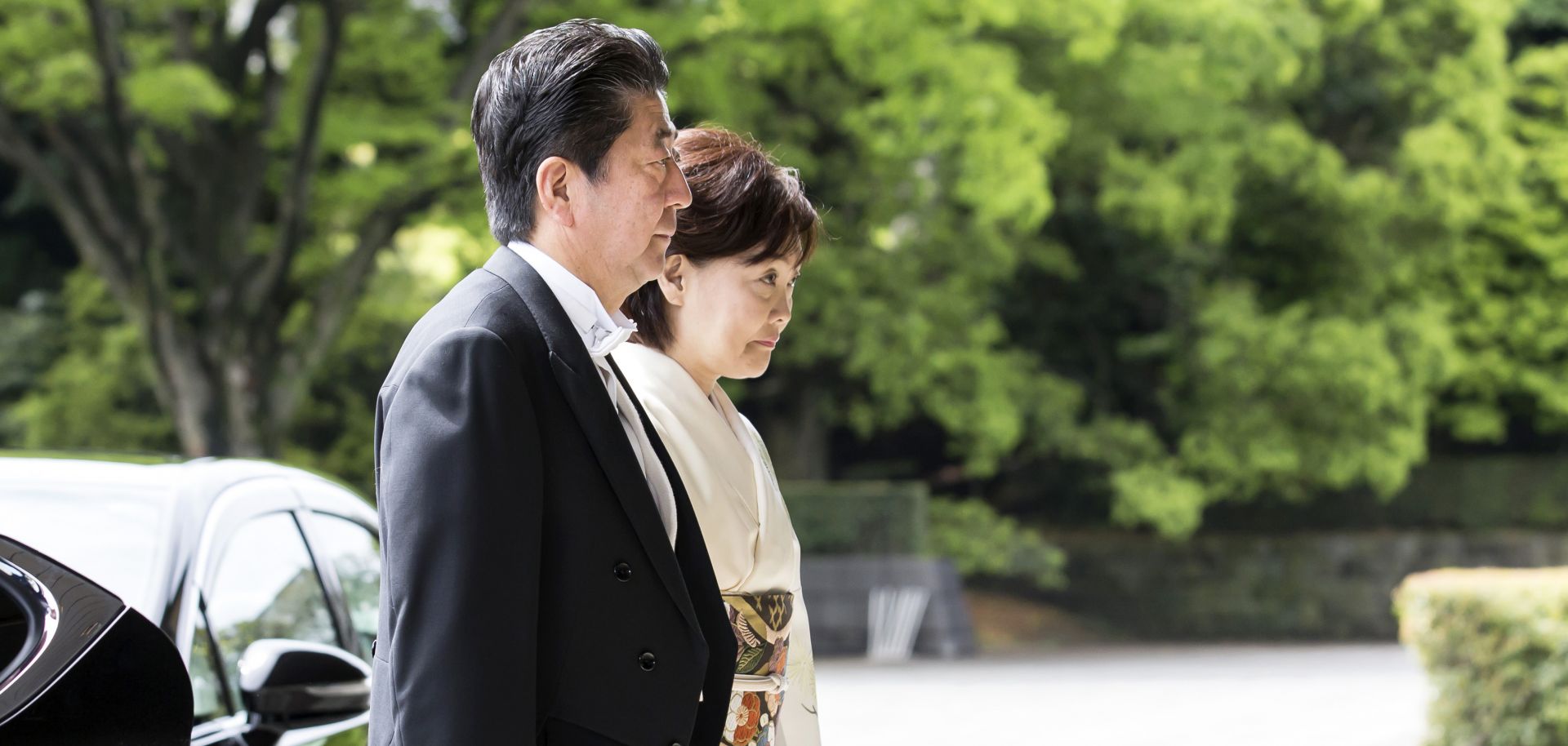ASSESSMENTS
Japan Woos a Region Caught Between the U.S. and China
May 13, 2019 | 09:00 GMT

Japan's Prime Minister Shinzo Abe and his wife, Akie, arrive for Emperor Naruhito's ceremony for inheriting the Imperial Regalia and Seals at the Imperial Palace on May 1, 2019 in Tokyo, Japan.
(TOMOHIRO OHSUMI - Pool/Getty Images)
Highlights
- Japan is expected to take on greater responsibilities in U.S-led security, infrastructure and economic initiatives in the Indo-Pacific region, which will advance Tokyo's goal of helping counterbalance China and its regional ambitions.
- Japan's ample capital, expertise and benign image make Tokyo a favorable third force among countries in South Asia and Southeast Asia, many of which feel as if they have few options but to choose between one of the two great powers.
- Tokyo will leverage its strategic value to enhance U.S. security and economic initiatives in ways that avoid excessively provoking Beijing.
Subscribe Now
SubscribeAlready have an account?
